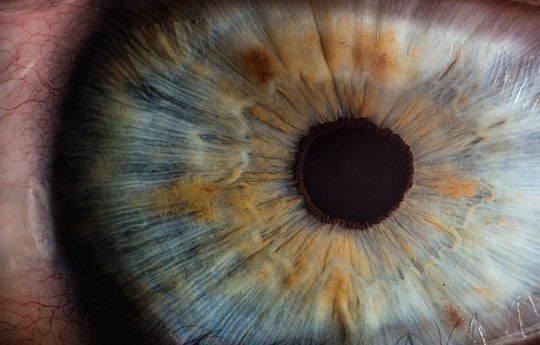“Speech is a very important aspect of being human. A whisper doesn’t cut it.”
—James Earl Jones, American actor and voice of Darth Vader
What are some of the most important qualities of an outstanding leader? What are the factors that have people follow them in their personal, professional, or civic communities?
Who are the leaders — past and present — that you most admire? What actions do and did they take to enroll and engender others?
Today’s quote clearly offers a key answer: Fundamental to a leader’s role is to speak about the future they envision, and gain buy-in to these futures from others.
Given this perspective, leadership is not limited to just the famous or powerful. It is a quality we all can apply daily to live the dreams we dream.
EXERCISE:
How often and where do you speak up to share your vision for the future?
Where would it be beneficial to raise the volume on the whispering voices within to tell the world where you stand?












